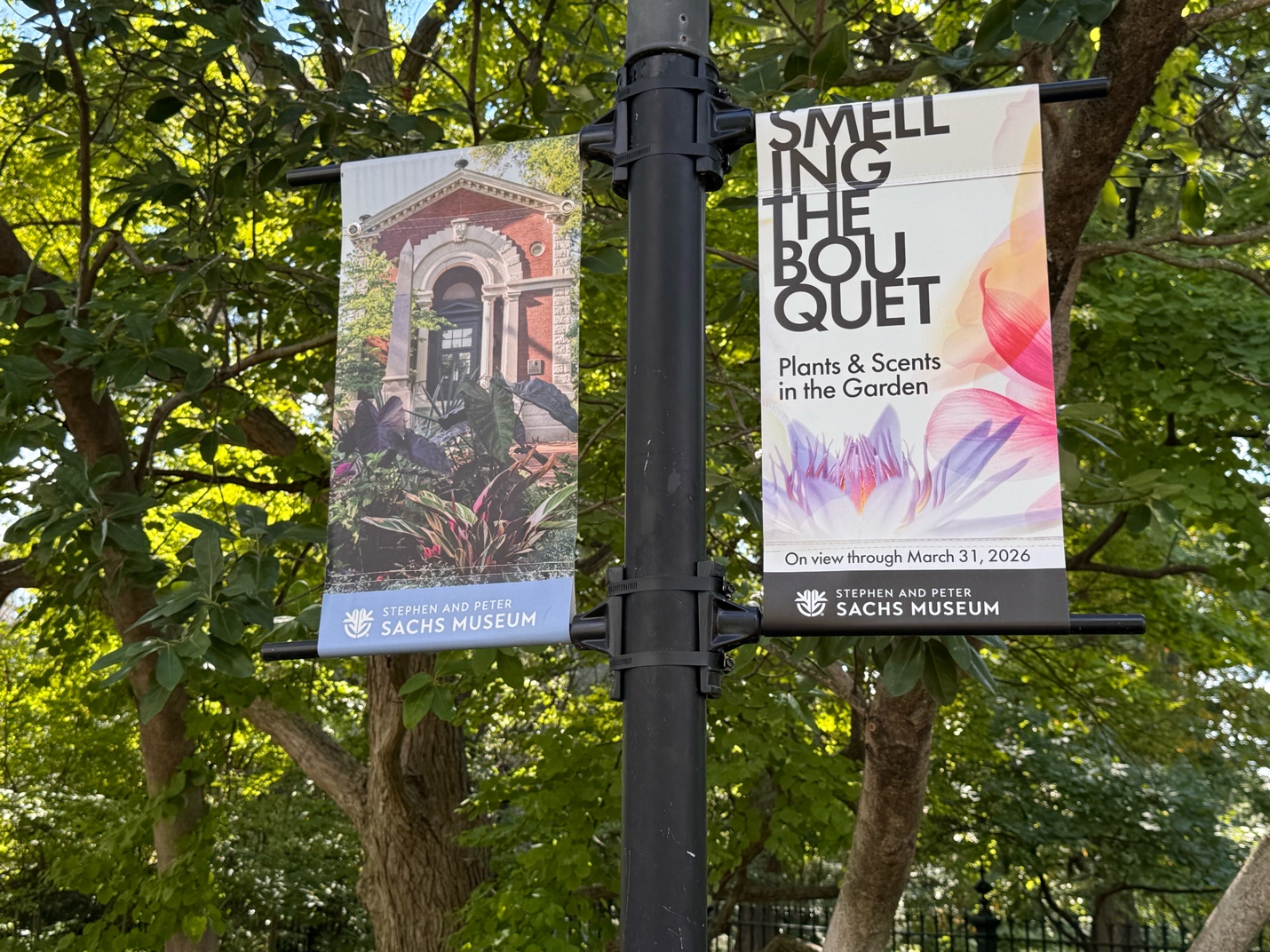
Gayil Nalls
The Living Language of Scent: An Exploration of Perfume Plants and Cultural Memory
By Nezka Pfeifer
Sign up for our monthly newsletter!
Scent is an essential part of life. It is especially important to plants, as they use the chemistry of scent to communicate with the world around them, attracting pollinators with their intoxicating smells and repelling herbivores with pungent odors. These different scents attract and repel humans as well, as we see how impactful aromatic plants are for perfume and incense. As the Museum Curator for the Stephen and Peter Sachs Museum at the Missouri Botanical Garden, I was particularly interested in exploring the wide spectrum of scents that plants create, and how humans have used them for thousands of years. The exhibition I curated, Smelling the Bouquet: Plants & Scents in the Garden (on view through March 31, 2026, but also available
virtually) brings this point home by presenting an immersive study of plant fragrance, particularly those celebrated for perfume, and their enduring cultural significance. Many of these plants feature in the live and scientific collections at the Garden.
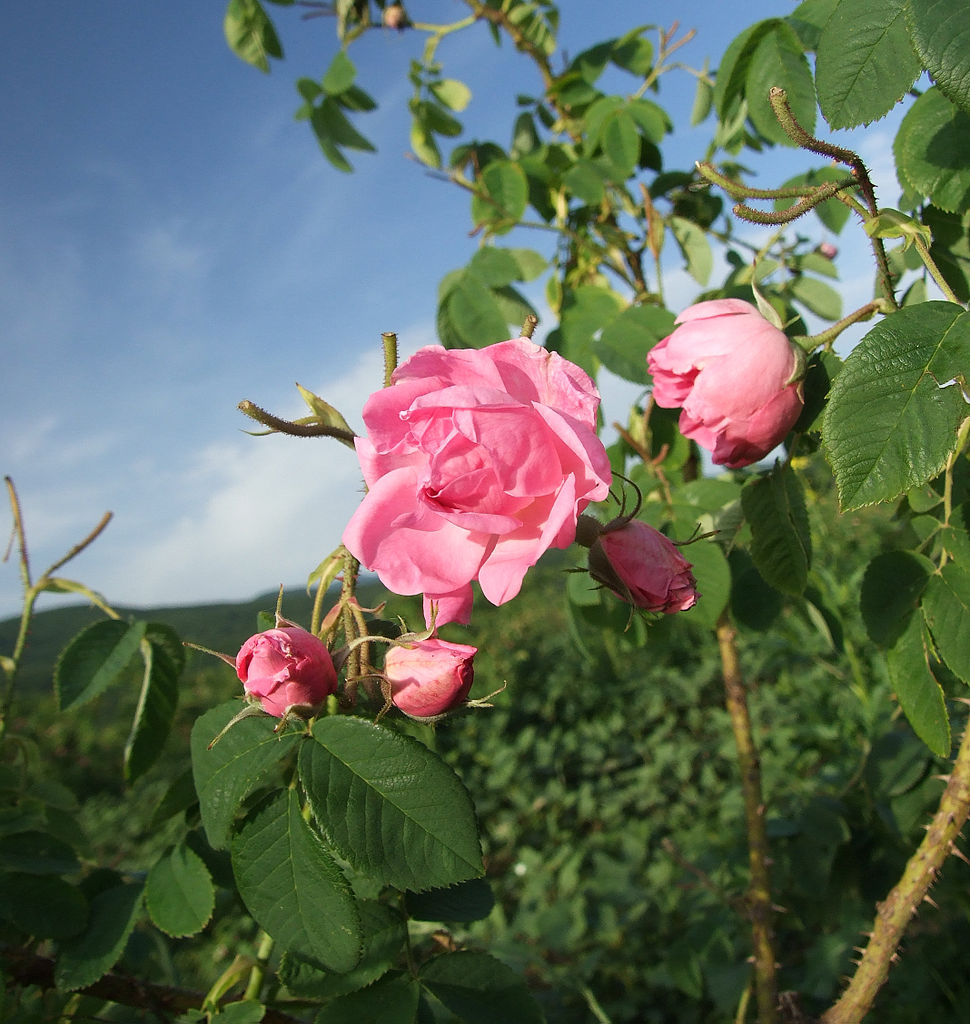
Rose
Few flowers are as universally renowned as the rose. Yet, to speak of a “rose scent” is to simplify a world of nuance. Each species and cultivar carries its own aromatic fingerprint.Rosa damascena, originally brought to Europe by the crusaders from Damascus, has come to be synonymous with the scent of rose (along with Rosa centifolia), yet there are as many variations of the fragrance as there are rose varieties. So, what is rosiness? The Damask rose is the result of natural hybridization of three species native to Europe and the Near East: Rosa gallica, Rosa moschata, and Rosa fedschenkoana. The Gallic (French) rose contributed basic rose volatiles; the musk rose the terpenoid-pigment fragments; and the
fedschenkoana the fruity esters. In perfumery, roses have become symbols of love and longing; in cuisine, they appear as syrups and confections. Their dual role—both aesthetic and edible—reflects the broad reach of aromatic plants in daily life.
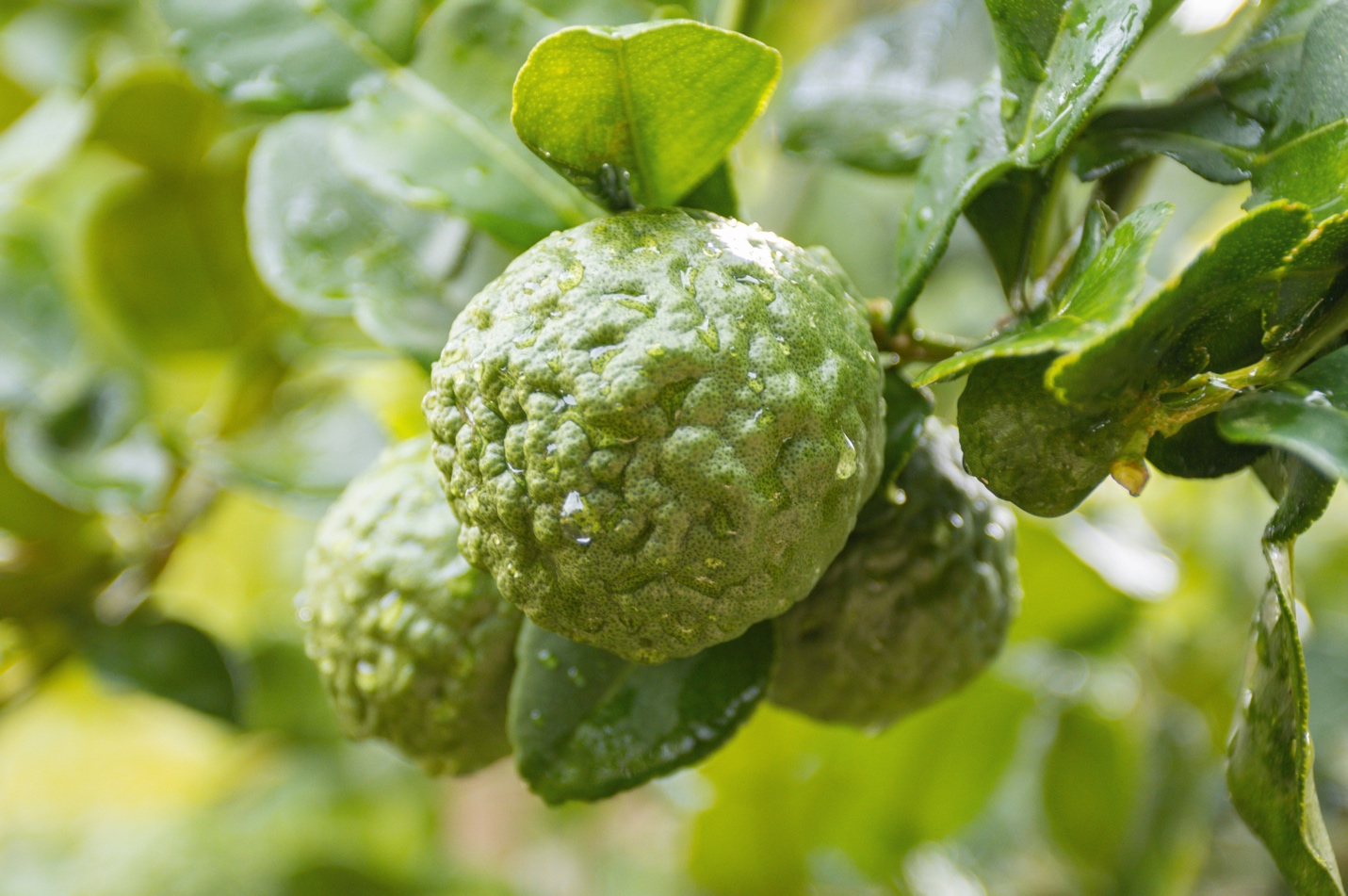
Bergamot
The citrus family is another cornerstone of perfume. Bergamot, with its distinctive brightness, has inspired devotion. For some, it is not only a favored perfume note but also a daily ritual in the form of Earl Grey tea. Its presence in perfume compositions adds complexity, but also a bitter sparkle that lingers. Citrus bergamia as we know it today is cultivated, almost exclusively, in the Calabria region of Italy, where it is presumed to have originated as a seedling in the 17th century. Bergamot essential oil from Citrus x bergamia has been produced by cold expression of the fruit rind since the early 19th century. Its first recorded use in perfumery in the late 17th century was, however, a steam distillation process. Despite this relatively simple extraction method, its fragrance is highly nuanced, influenced by season, terroir, and hand of the producer.
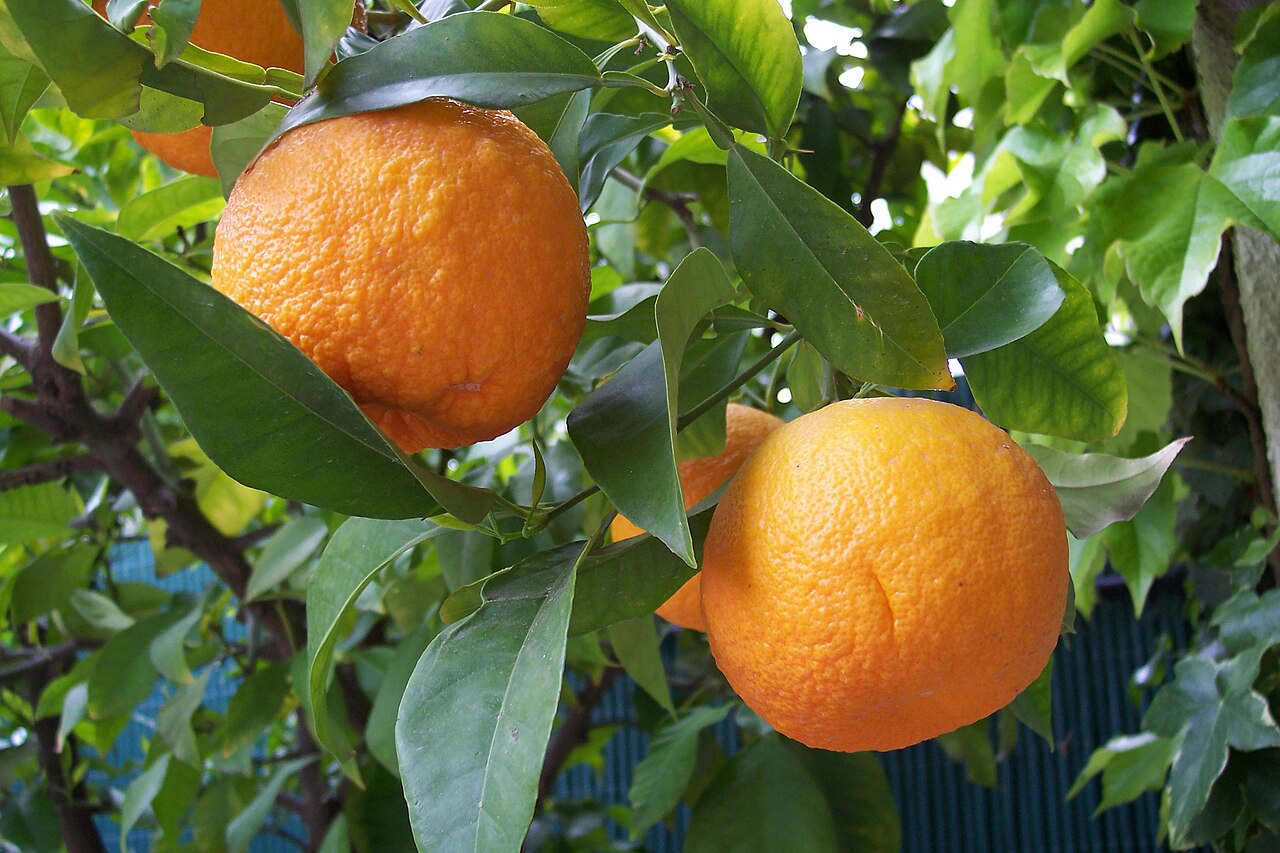
Bitter Orange
Bitter orange is remarkable for its extraordinary versatility. From a single plant comes an entire palette of aromatic materials: its blossoms yield the exquisite essential oil neroli, its steam-distilled leaves and stems produce the fresh, green note of petitgrain, and its peel is transformed into the classic orange essence. Few plants offer such a wide spectrum of fragrant possibilities, each one indispensable to the art of perfumery.
Also known as Seville orange (Citrus × aurantium), the fruit itself is too bitter to eat fresh, though it shines in traditional marmalades, yet its blossoms are far more fragrant than those of most other citrus species, releasing a rich, intoxicating scent that has been prized for centuries.
Citrus comes from Latin citrum, a reference to the Mediterranean cypress, and from cedrus, Greek kedros, the name for the aromatic juniper. The specific epithet aurantium, means golden, referencing the sour fruits. Originally from East Asia, the bitter orange was first introduced to the Mediterranean by the Romans, who were believed to have eaten the fruit, despite its sour quality. This plant is grown from Spain to Sicily, North Africa to Provence, but the trees cultivated for perfumery are localized to areas with distillation facilities because orange blossoms need to be processed as soon as possible after harvest. From the period of the Renaissance onward, orange blossom concrete and absolute, neroli, and orange flower water were found in perfumery and used medicinally. Bitter orange is often planted together with jasmine and other aromatic plants with similar cultivation and processing needs, in a practice called intercropping. The dual crop system also ensures the economic viability of the land because Citrus trees need 7–10 years to produce large quantities of blossoms, only reaching maturity at 15 years.

Iris
The iris is celebrated for its showy blooms, but in perfumery, it is the root, orris root, that holds the greatest value. Once harvested, it is dried and cured for two to three years before being transformed into the rare substance known as orris butter. Its powdery, violet-like scent is highly sought after in fine perfumes. Beyond fragrance, orris root finds its way into flavor traditions, serving as a botanical note in gin. This crossover between smell and taste reflects the exhibition’s curatorial intent: to show how aromatic plants transcend categories, shaping sensory experience in multiple ways. There are three species of iris (and orris root) most frequently used in perfumery and flavoring: pale iris, German iris, and Florentine iris. The genus name comes via Latin from Greek iris ‘rainbow, iris (eye)’, also after the Greek goddess of the rainbow, a reference to the flower color. The specific epithet, pallida, means pale, germanica means of Germany, and florentina means of Florence; the latter is most commonly used to flavor gin during distillation.
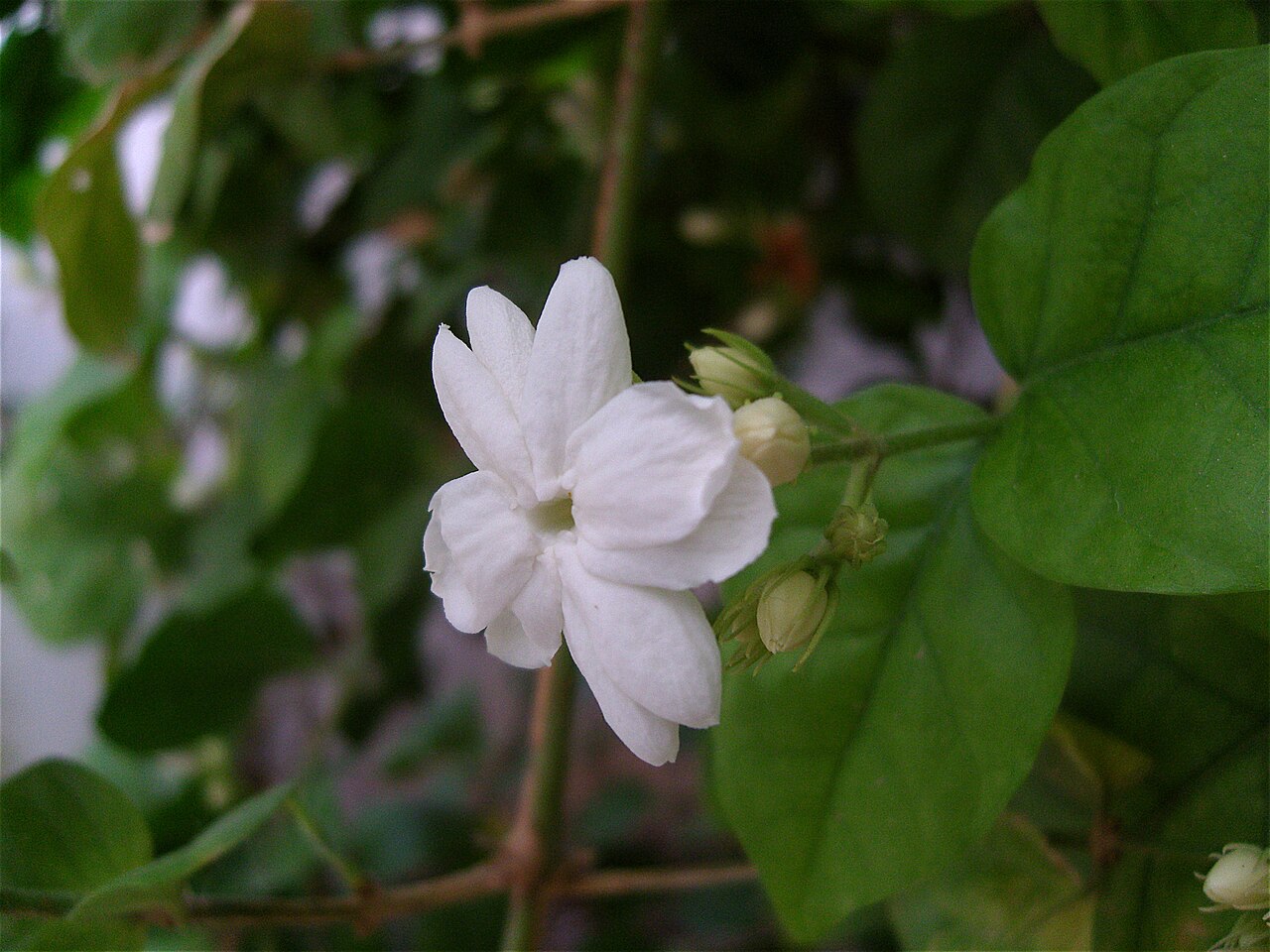
Jasmine
Jasmine, with its intoxicating sweetness, is another perfume cornerstone, cultivated across Asia and Europe for its power to seduce and transport. Two of many species of jasmine that are used in perfumery are Arabian jasmine and Royal jasmine. Arabian jasmine (Jasminum sambac) has been integral to local South Asian culture and traditions for centuries, where it is regarded as a symbol of purity and an ode to femininity; it is also often the species used to flavor tea. Over 90% of worldwide production of J. sambac comes from Tamil Nadu in southern India, where the plant is known as white gold and the queen of flowers. J. sambac flowers open only during twilight and night, releasing their scent when moths, their primary pollinators, are most active. Royal jasmine (Jasminum grandiflorum) absolute has a warm, opulent, creamy, floral scent. Its long sillage (perfume trail or wake) and characteristic sweetness are accented with musky and coumarin-like (vanilla-like and hay-like) undertones. J. grandiflorum embodies the floral splendor of Grasse (the perfume center of France) and has been key to its success since the 18th century. Today, India and Egypt are the primary cultivators of this species, where 70% to 100% of the yield is used for perfumery, respectively.
In the exhibition, there’s a dedicated room presenting the experience of the world scent, World Sensorium, by Dr. Gayil Nalls. The World Sensorium formula is created from well over one hundred plant essential oils blended by country population percentages and is composed of 24% jasmine (Jasminum spp.), reflecting the prominence of this genus, cultivated and cherished across cultures worldwide. In Nalls’ research for World Sensorium’s creation, Jasmine was officially cited by eleven nations, underscoring its profound symbolic and sensory resonance. As Dr. Nalls has observed, “Centuries of cultural practices surrounding the flower and its scent have imbued jasmine with layers of biological and social meaning, rooted in traditions of ritual, healing, and sensory delight, making it an iconic scent of aromatic heritage.”
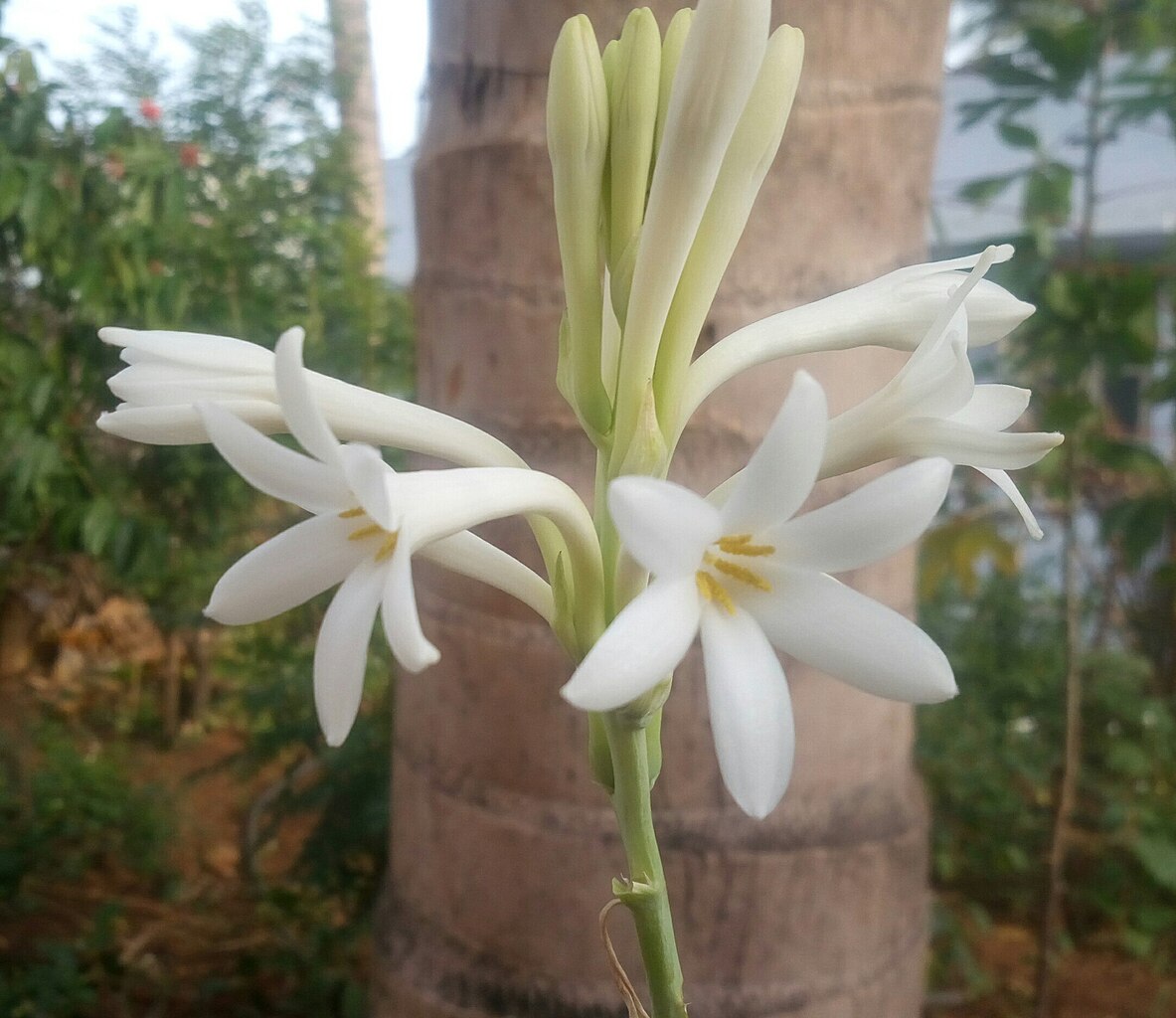
Tuberose
Another white flower with an intoxicating scent used in perfumery is tuberose (Agave amica/Polianthes tuberosa). Tuberose gets its common name from the French tubéreuse, referencing its enlarged tubers that plants use for storing nutrients (underground). The plant’s scientific nomenclature has changed recently; its new genus references its membership in the agave family, flowering species native to arid regions of the Americas. Multiple fragrant, waxy white flowers bloom at night on a tall spike, at the base of which are long, succulent leaves. Tuberose has its origins in Mexico, where the Aztecs called it omixochitl (“bone flower”), and valued it for its intense fragrance. By the 17th century, European colonizers brought it back to Europe, where it became a dominant perfumery plant in Grasse, the center of the French perfume industry. Eventually, tuberose also made its way to India—the leading producer today—where it is primarily used for temple decoration during ceremonies and festivals, and to adorn women’s hair; about 10% of the crop is harvested for use in perfumery.
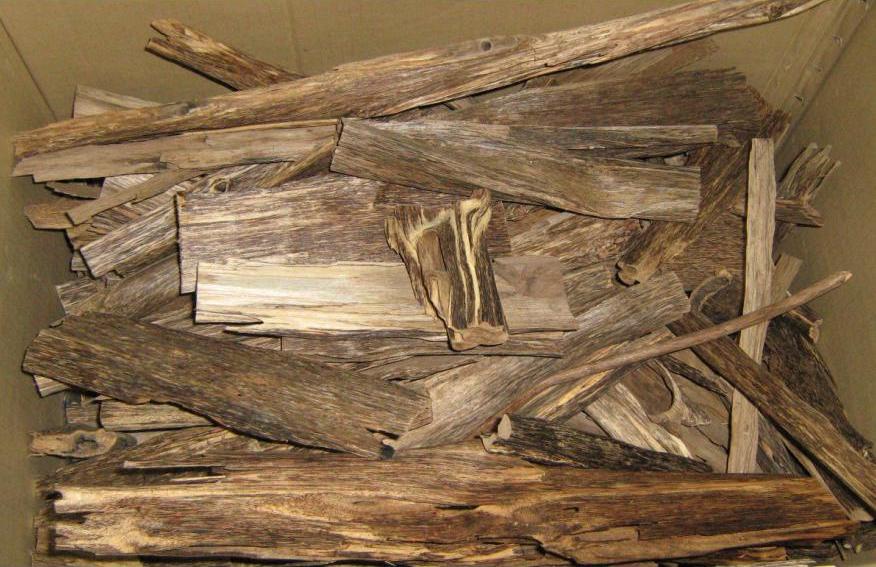
Oud
In contrast to these heady florals, the scent of oud (agarwood) provides a distinctive woody fragrance that has been renowned for millennia in incense and perfumery. The fragrance is created in a unique way: by chance, the Aquilaria trees are wounded by a fungal infection (species Phaeoacremonium parasitica) that infects the heartwood of the tree, and in response—and taking years to mature—the tree produces a dark, fragrant resin. It is this resin that is the source of oud, both as incense and extracted as an oil for perfume. Native to southeast and south Asia, the species that produce oud are Aquilaria malaccensis, A. crassna, A. sinensis, A. acuminata, A. apiculata, A. baillonil, A. banaensae, and A. beccariana. Both A. malaccensis and A. crassna are considered critically endangered due to the severe demand and illegal overharvesting of the wild species for use in the oud industry. Finding the right trees that have become a high-quality oud is also chance—one only knows what quality by cutting down and destroying the tree—and also a driver of extinction for this highly desirable scent plant.
The array of plants and scents in Smelling The Bouquet would not have been possible without collaboration and expertise. Designer Stefanie Hermsdorf, with experience bridging perfumers and product developers globally, contributed crucial research on iconic perfume plants and created the inspired graphic identity for the exhibition installation. Her investigations into roses, bergamot, bitter orange, jasmine, and orris root enriched the exhibition, ensuring that visitors could encounter these plants not only as abstractions but as living expressions of scent. This interplay of scholarship and design demonstrates how the study of aromatic plants is both scientific and cultural, both intellectual and deeply sensorial.
Dr. Mónica Carlsen, a scientist working in the Latin America department of the Missouri Botanical Garden, conducted and shared her botanical research on headspace trapping data on a variety of tropical plants in MOBOT’s Climatron and other conservatories. Several of these plants are interpreted as fragrances by the exhibition’s perfumers Shawn Maher (Maher Olfactive) and Weston Adam (Phronema Perfumes). They also helped to shape many of the scents on offer and provided botanical scents from their organ of materials, enabling numerous botanical fragrances to be experienced by the visiting public to the exhibition.
Plants and scents are inseparable in our experience and our imagination. Our daily lives are influenced by aromas and scents from morning to night—many of them coming from plants. Perfume plants are cultural artifacts and vessels of memory. The smell of a rose garden, the comfort of bergamot-scented tea, jasmine in the night air, and the sacred smoke of oud, all serve as anchors to human experience. As climate change and environmental degradation threaten biodiversity, these plants remind us of what is at stake: not just species survival, but the loss of sensory heritage that has shaped human identity across generations and around the world. To smell a flower or inhale an essence is to participate in a continuity of experience stretching across time and geography. These plants are not passive beauties; they are active narrators of history, carrying within their fragrance the memory of the world.
Nezka Pfeifer is the Museum Curator of the Stephen and Peter Sachs Museum at the Missouri Botanical Garden, where she develops interdisciplinary exhibitions and programs on botanically related subjects. The current exhibition is Smelling the Bouquet: Plants & Scents in the Garden is on view through March 31, 2026.
Plantings
Issue 52 – October 2025
Also in this issue:
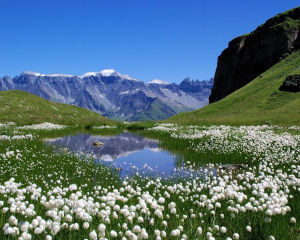
Dr. Robbie Hart on Himalayan Alpine Plants, Climate Change, and Ethnobotany
By Gayil Nalls
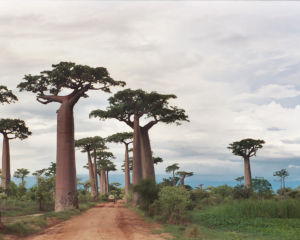
Plant Conservation in Madagascar
By Gayil Nalls
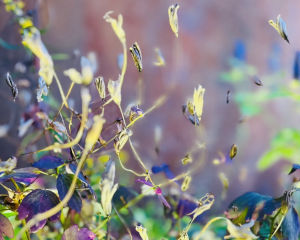
What if AI worked like a forest?
By Willow Gatewood

The Unsteady Future of Alpine Tourism
By Caterina Gandolfi
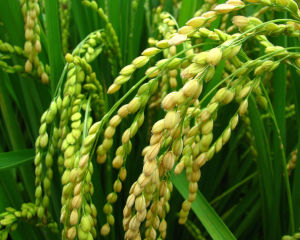
Climate Change, Arsenic, and Rice: Dr. Lewis Ziska on the Future of a Global Staple
By Gayil Nalls
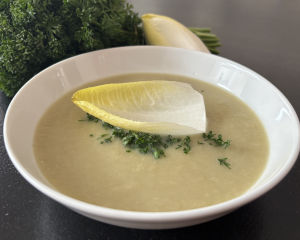
Eat More Plants Recipes:
Belgian Endive Soup: Le potage de chicons
By Frank Léglise
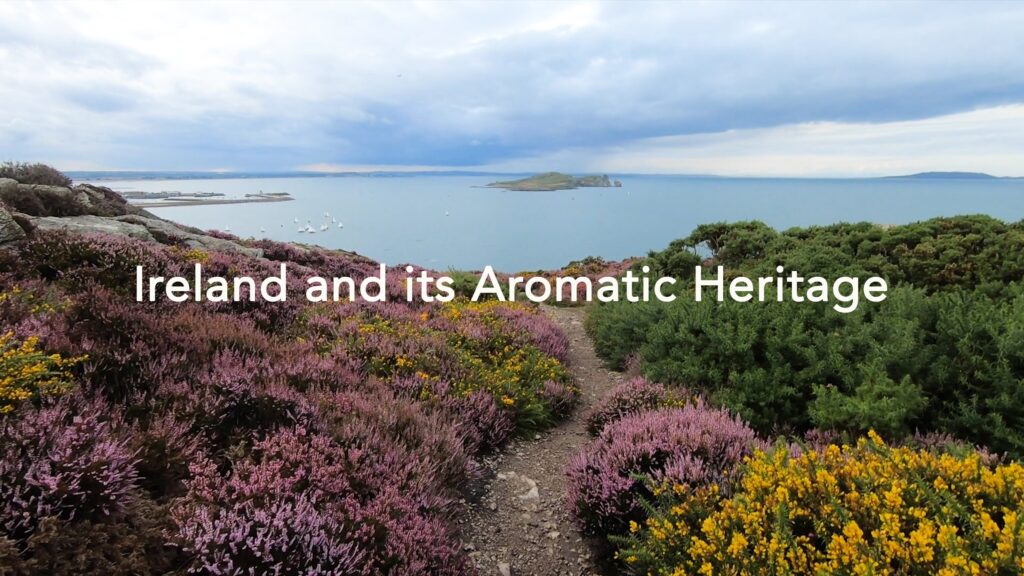
As Ireland transitions from the rich, smoky scent of peat-burning to a more sustainable future, its olfactory heritage is evolving. What will become the next iconic aromatic symbol of Ireland?
Click to watch the documentary trailer.

